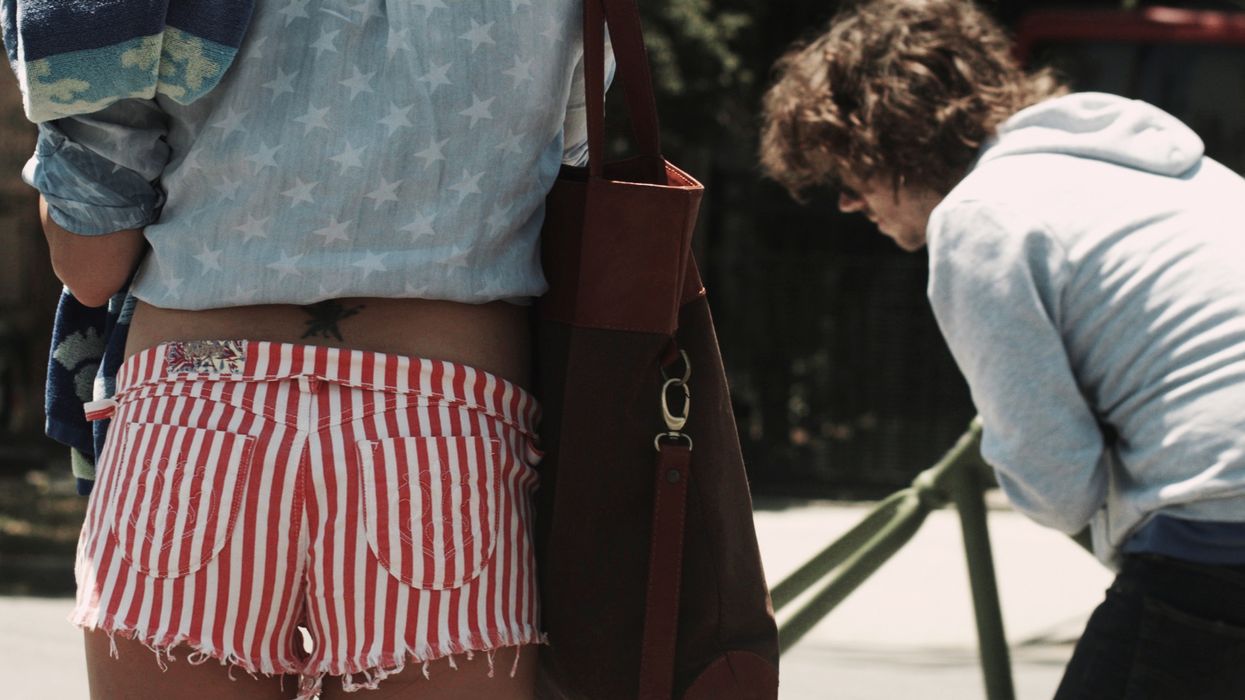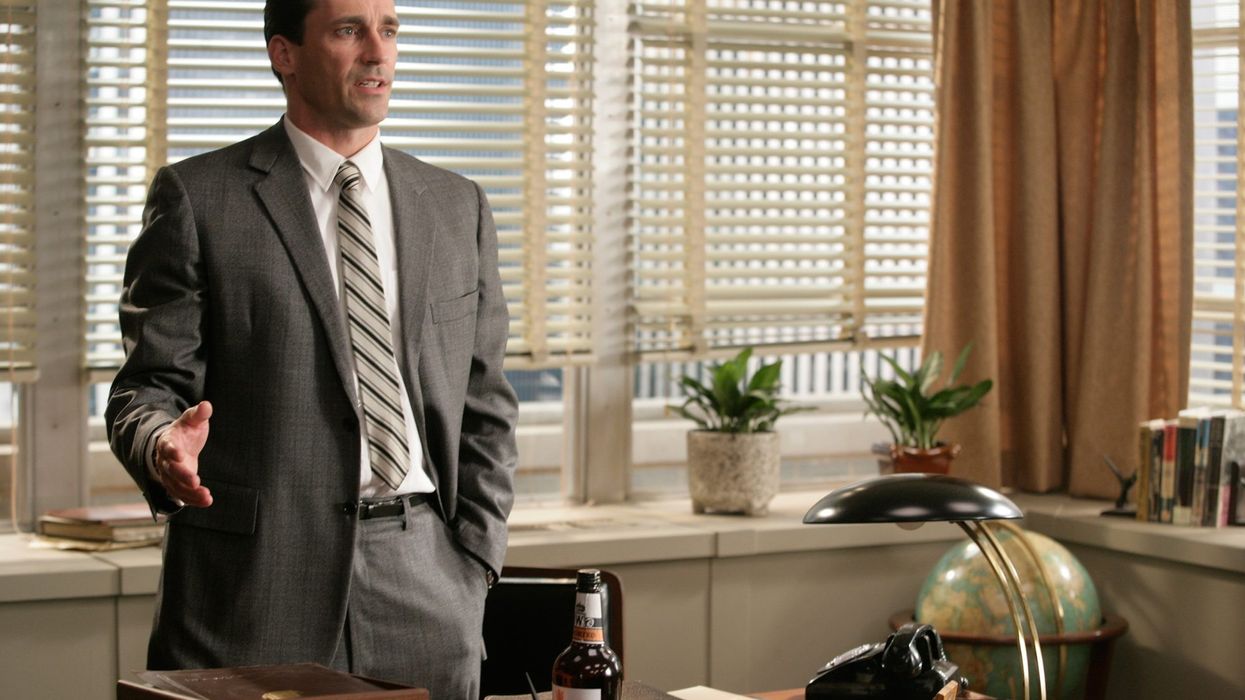Inside the 12-Day Shoot of Andre Hyland's Sundance Breakout Film 'The 4th'
The production of The 4th, which has been getting quite a bit of buzz at Sundance, contains many of the hallmarks you'd typically see in indie films: short shoots, friends becoming crew members, and fast and light camera setups.

The 4th is the first feature film by writer/director/actor Andre Hyland. It centers on Jamie (played by Hyland) and the series of hilarious, albeit unfortunate events that befall him as he's attempting to throw a 4th of July party while his roommate is out of town.
The team, including DPs Shane Bruce Johnston and Charles J. Gibson, and colorist Mark Todd Osborne, faced obstacles typical of shooting an indie film -- ones that most indie filmmakers come up against while completing their projects, like shooting on a tight schedule, pulling off dynamic camerawork with minimal tools, and trying to get it all done on a tight, tight schedule.
Hyland and his crew shot The 4th in just 12 days, with most of the film shot in 4 back to back days, which meant that a light and breezy, improvisational, "run-and-gun, guerrilla style" of shooting was needed in order to get the film in the can in that amount of time. Shane and Charles knew they needed equipment that was light, versatile, and capable of giving them the cinematic quality that would no doubt end up revealing itself on the big screen during their premiere at Sundance.
Camera equipment for a guerrilla shoot
They ended up choosing to shoot with a two-camera system using the Blackmagic Cinema Camera and the Pocket Cinema Camera, which, according to Shane, allowed them to shoot both wide and single shots at the same time, cutting down on the time it'd take to set up shots over and over again. They also opted out of using a lighting kit, which helped them avoid spending time rigging them up for each setup, but it also forced them to rely on natural or existing light for the entire shoot, including streetlights for their nighttime sidewalk shots. Anyone who has shot at night with existing light knows that latitude becomes extremely important if you don't have substantial light for your exposure, which is where the Cinema Camera and Pocket Cinema Camera's 13 stops of dynamic range came into play.
Shooting 100% handheld in weird places
The size and weight of your camera become a huge factor when your film is 100% handheld -- shoot with something too heavy and unwieldy and your camera operator, their arms, and their back are going to hate you for the rest of the shoot. This is an issue Shane faced while capturing shots that were particularly difficult and awkward to pull off, namely an 6 minute establishing shot of Andre meandering through LA traffic, walking from 200 yards away to just 5 feet.
Shane was perched up 40 feet in the air for the shot -- he couldn’t have pulled off the shot if the camera was any heavier. It being light and flexible was key.
The 4th was also shot in a bunch of different locations, including cars, LA streets, and two convenience stores -- ones that would be difficult to shoot in with a ton of gear. For scenes in the car, Shane and Charles used the Pocket Cinema Camera because of its tiny size. He says, "Three or four actors would be in the car and the camera would still fit and get the shots."
Finding The 4th's 'look' (or lack thereof)
There's a certain amount of reckless abandon about a 12-day, handheld shoot. You don't have a whole lot of time to perfect your shots, watch for continuity, or find the right exposure, which means that whoever's doing post has their work cut out for them. (Pun kind of intended.) Mark Todd Osborne, a 17-year Senior Digital Colorist, worked on The 4th using DaVinci Resolve to provide the film's final grade, and according to him, his challenge was to, yes, balance each shot (this is expected of pretty much all colorists), but to also give the film an overall natural look.
I performed final color grade on the film "The 4th" out my company MTO ColorData on DaVinci Resolve 12 Studio. Since the film was shot in such a relatively short time, the general challenge was to keep all scenes balanced and natural looking. It’s a slice of life piece, so there's no serious "look" per se, just strong, rich colors, nice skin tones, etc. The film has a nice "snap" to it that keeps you involved in the comedy of the story. There were a couple of B-camera scenes that had a baked in, yellowy warmth that needed to be addressed and Resolve helped me to accomplish a nice, normal balance by restructuring the base file, using printer lites, adding the primary greens and blues that were missing from the file. I truly enjoyed working with Andre and his team and hope that everyone embraces the film as much we do!
The 4th is director Andre Hyland's first feature film, which he also wrote and starred in. You can learn more about the film here, including a detailed synopsis, artist bios, and screening schedules for all of you lucky fools who are hanging out in Park City this week.
For more, see our complete coverage of the 2016 Sundance Film Festival.
No Film School's video and editorial coverage of the 2016 Sundance Film Festival is sponsored by Blackmagic Design.
Source: The 4th -- Sundance














